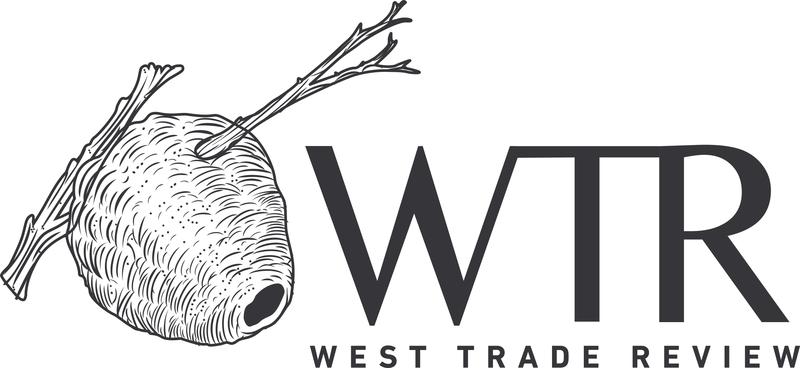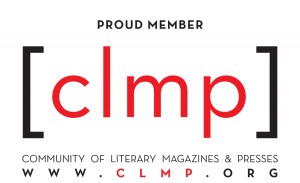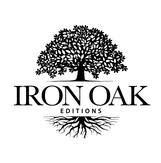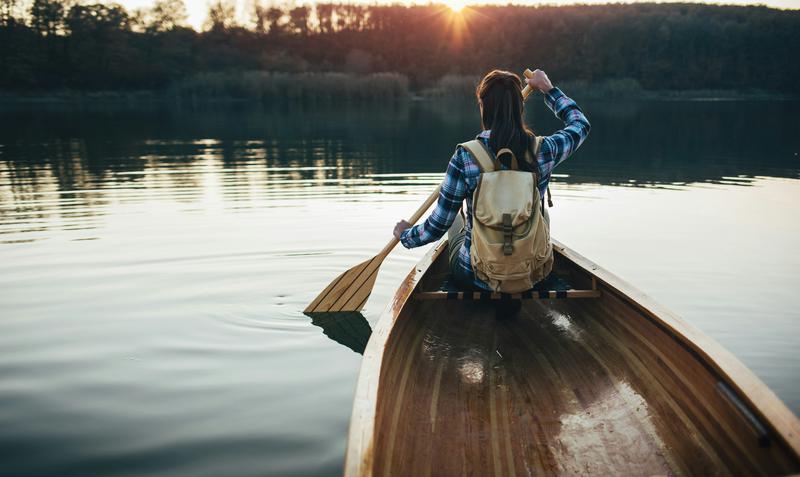Candice Kelsey
Girl with a Canoe
My father taught me to paddle the Little Miami’s southwestern Ohio current. I taught myself how to notice. A heron’s wingbeat. A frog’s vault from reeds to sky. His voice, half-whistle, half-wisdom, floated beside me: What kind of frog do you think that is? He didn’t wait for answers. I answered with questions: What happened to the Miami people?
I was an adolescent of rapids, curiosity my steep gradient and compassion my eddies. That river held us both like the origin of its Algonquian name, Miami, or the downstream people. It made space for silences I would later need as a poet.
Water, like language, startles. It breaks open what we bury.
When I write a poem, I return to that canoe, to the greenish-brown blotches of frogs claiming it as their ark. I remember being startled to joy. And I remember, too, how surprise can wear another face—the splash of a classmate’s stolen lunch, the bruise of injustice before understanding. That day at Rapid Run Creek, when Beverly’s back bloomed with bruises like amphibian camouflage, I saw hurt like river sediment.
In poetry, I seek what lives in the silt. I dig gently but deliberately, just as I pressed into limestone for trilobites on my second-grade field trip. These ancient creatures, long dead, still leave their outline—a fossilized record of pressure and time. So, too, does memory mark us. Some truths, like hunger, demand unearthing.
The act of writing reveals more than it invents. I learn to listen to the world and the words the way I listened to my father’s paddling. I try to forgive myself as I did not forgive Beverly for stealing my brown bag lunch that day. Selfishly, I told Mrs. Tuttle. I needed an adult to notice my pain. I could not yet see Beverly’s. I could not yet believe that hunger outweighs guilt.
In my poems, I ask what kind of world lets children hoard rice cakes in wrinkled baggies. What kind of land forcibly displaces entire peoples, takes a father’s mind like a smooth pebble in the pocket. I imagine new ecosystems, more forgiving eddies. Like the Little Miami River, poetry is a wetland for vulnerable voices.
Carl Phillips in his poem “Something to Believe In” writes: Everywhere, the same people who / mistake obedience for loyalty think somehow loyalty weighs more / than hunger. I didn’t know how to be loyal to Beverly that day. I only knew obedience to the ache in my own belly. I obeyed the structure of school, of punishment, of who deserved kindness and who did not.
Today my poems disobey. They side with the girl who is hungry.
The river taught me how to hold contradiction without drowning. A canoe can carry both frogs and fear. A poem can carry shame and tenderness. This is how I mean to write: like a child tracing fossils, hoping to find not just what has died—but what continues to live.
The last time my father and I spoke, Alzheimer’s had already dammed the language between us. He stared past me, as if trying to reverse the hideous current. What I would give to hear again that soft question—What kind of frog do you think that is? It’s this ache, this silence, that drives me to write in form. Ghazal, sonnet, haibun, duplex, sestina, villanelle, abecedarian, concrete, prose—each becomes a new vessel I shape to carry grief, love, rage, clarity. I’m deliberate about form because voice deserves the care of a marine engineer. The way a canoe displaces water with its hull, each poetic form makes space for breath, for tension, for song.
The Little Miami’s curves taught me that no single line flows alone—it’s all interdependent movement. So too with stanzas: I choose the shape that honors the story's pressure, lets it drift or resist. My formal choices are not about tradition, but about fit—what buoyancy the poem needs. The hours my father spent in the g My father taught me to paddle the Little Miami’s southwestern Ohio current. I taught myself how to notice. A heron’s wingbeat. A frog’s vault from reeds to sky. His voice, half-whistle, half-wisdom, floated beside me: What kind of frog do you think that is? He didn’t wait for answers. I answered with questions: What happened to the Miami people?
I was an adolescent of rapids, curiosity my steep gradient and compassion my eddies. That river held us bot arage at dusk camouflaging our canoe after a long day at Evendale’s marine engine plant, the gentle yet precise placement of our Ohio Department of Natural Resources registration decal, the rhythm of his aging flip flops on the limestone and shale path to our launch. To write a duplex is to paddle in his echo. To craft a villanelle is to loop through memory’s backwaters. To work in strict form is to interrogate my own shape, the ways I take or hold space.
Each form helps me navigate what cannot be said directly—the way white settlers erased the Miami nation from southwestern Ohio, the way my childhood cruelty erased Beverly’s need, the way my father’s illness erased our exchanges. Form, for me, is not stifling. It is what carries my small offerings to honor the terrain where once I was just a girl in a canoe.
__________________________________________________________________________________________________________________________________________________________________________
__________________________________________________________________________________________________________________________________________________________________________
__________________________________________________________________________________________________________________________________________________________________________
__________________________________________________________________________________________________________________________________________________________________________
© 2025 Iron Oak Editions
Candice M. Kelsey (she/her) is a bi-coastal writer and educator. Her work has received Pushcart and Best of the Net nominations, and she is the author of eight books. Candice reads for The Los Angeles Review and The Weight Journal; she also serves as a 2025 AWP Poetry Mentor.
__________________________________________________________________________________________________________________________________________________________________________
Image by Getty Images from Unsplash
© 2025 Iron Oak Editions
Stay Connected to Our Literary Community. Subscribe to Our Substack Roots & Words




